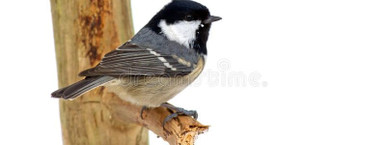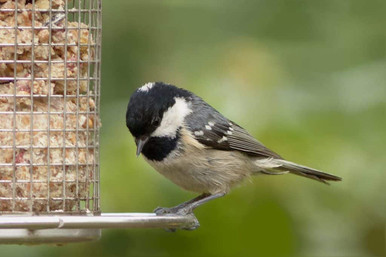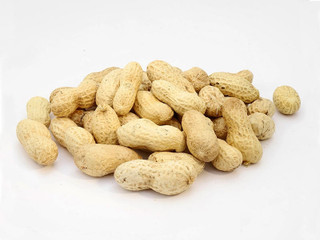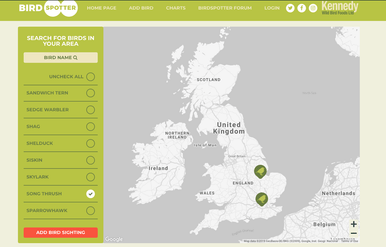Kennedy Wild Bird Food Guide to the Coal Tit
A resident of coniferous woodlands, the coal tit (scientific name Periparus ater) is a small and lively bird that is known to be somewhat restless. They’re often seen hanging upside down on trees to catch themselves a tasty meal (they’re quite the acrobats when it comes to food!).
Keep reading to learn more about this small, characterful bird with our complete Kennedy Wild Bird Food guide to the coal tit.
What does it look like?

They have distinctive olive green and grey backs, black caps up top and a contrasting white patch found on their necks. Its white cheeks are the most distinctive feature of the bird. Unlike the similar marsh tit and willow tit, the coal tit has white wingbars as well as a white patch on the crown, whereas marsh tits and willow tits have plain wings and black crowns.
It’s often said that it is a smaller version of the great tit but with less of a green colouring. Males have an extra stripe of white on the back of their heads - this is really the only difference between males and females. For juvenile coal tits, the cheeks and napes have a yellow hue which is what distinguishes them from older birds.
What does a coal tit eat?
As mentioned, this particular wild bird has a habit of turning into an acrobat when it’s looking for food. It has been known to eat insects, spiders, conifer seeds, nuts, and suet. However, they’re particularly fond of sunflower seeds and sunflower hearts, so be sure to have plenty of the stuff in stock! They will also eat conifer seeds which, given their fondness for coniferous woodland, are in plentiful supply.
One thing to remember is that they are quite shy feeders, and are likelier to swoop down for the food and make a quick exit. Make sure your bird feeders are well-placed and convenient enough for a visiting coal tit.

Coal tit nesting
Plenty has been written about the coal tit nest and habitat, and it’s largely based around how much they love conifer woods. They usually nest in holes in trees, as well as rotting tree stumps. The nests are low down (coal tits have even been known to take over mice burrows!).
They use moss, hair, plant wool, spiders’ webs, and animal fur to pad out and insulate the nest. They then collect feathers to line the nest. Like the majority of wild birds in the UK, it’s the female who builds the nest. Female coal tits also incubate the nest while the male provides the food. The average clutch size for coal tits is around 8-10 eggs with no more than two broods every season.
What does the coal tit bird song sound like?
The song is a high-pitched and repetitive sound: “pee-chew, pee-chew”. Click the link below to hear the coal tit song:
Have you seen a coal tit around your home?
If you’ve spotted them in your garden, make the most of your sighting because they don’t stick around for long! They usually take food elsewhere to eat or hoard - this behaviour is seen in most other tits, too.
Oh, and one more thing - remember to log it into our BirdSpotter map too! So that other enthusiasts will know whereabouts to look if they want to spot a coal tit, too.











